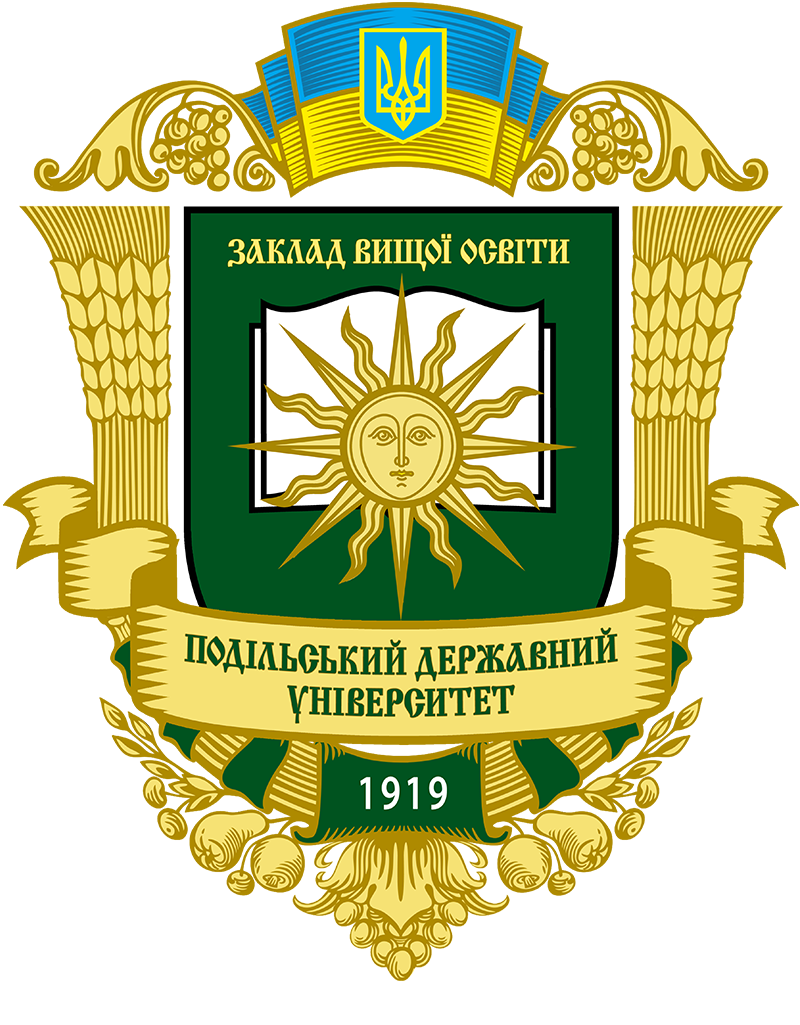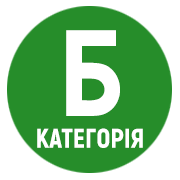ANALYSIS OF THE SPREAD OF UROLITHIASIS DISEASE IN SMALL ANIMALS IN THE VINNITSIA REGION
DOI:
https://doi.org/10.37406/2706-9052-2023-3.16Keywords:
kidney stone disease, urolithiasis, urocystitis, catsAbstract
The spread of urolithiasis was investigated, and a comparative characteristic was given based on data on the species, age and breed morbidity of small animals in the city of Vinnytsia and its neighboring regions. To determine the prevalence of the specified pathology, primary veterinary reporting documents were analyzed, as well as personal observations during research. When studying animals with urolithiasis, it was established that the development of the pathological process is influenced by exogenous and endogenous factors. In particular, in cats, the most common surgical diseases are lesions of the genitourinary system (23.6%), followed by wounds (13.8%), in dogs, on the contrary, wounds (24.5%), followed by skin diseases (16.6%); neoplasms were detected more often in cats than in dogs. Among the diseases of the genitourinary system, urolithiasis is the most frequently registered, which is 66.3% in relation to urocystitis, 31%, and diseases of the lower urinary tract are 17.1%. As a result of the analysis of the work carried out, 221 cases of diseases of the genitourinary system were found in cats. Among these animals, 157 cats with urolithiasis (UCD) were found. It should be noted that 102 animals or 65% were castrated. It has been studied that cats get sick 81% more often than cats – 19%. The main reasons for the growth of the disease can be named: changes in feeding (intensive use of dry feed), inactive lifestyle, genetic predisposition of animals, introduction of new breeds poorly adapted to our climatic conditions, deterioration of the ecological state and water quality. It has been established that the use of medicated feed: Purina UR Urinary Feline in cats leads to a rapid decrease in urine pH and crystalluria, increased diuresis, stabilization of urination and absence of dysuria.
References
Кондрахін І.П. Уролітіаз у собак і котів. Вісник Полтавської державної аграрної академії. 2010. № 2. С. 93–97.
Левченко В.І., Кондрахін І.П., Влізло В.В. Внутрішні хвороби тварин. Біла Церква, 2001. Ч. 2. 544 с.
Локес П.І., Стовба В.Г., Кришева Л.П. Ультразвукова діагностика у ветеринарній медицині дрібних тварин. Полтава, 2015. 69 с.
Поширення, діагностика сечокам’яної хвороби у собак і котів. Сучасні аспекти лікування і профілактики хвороб тварин / В.Ю. Маршук, Б.Д. Кислицький, В.М. Соколюк, І.П. Лігоміна. Полтава, 2021. С. 111–112.
Рубленко С.В., Ясинецька О.М. Невідкладна допомога за гострої обструкції сечовивідних шляхів у котів. Вісник Білоцерківського державного аграрного університету. 2017. № 7. С. 142–143 с.
Haller M. Research of kidney function in dogs and cats. Waltham Focus. 2023. Т. 10. № 1. С. 10–14.
Efficacy and safety of laser in fragmentation of urocystoliths and urethroliiths for removal in dogs / J.P. Lulich, C.A. Osborne, H. Albasan, M. Monga, J.M. Bevan. J. Am. Vet. Assoc. 2009. № 10. P. 1279–1285.
Osborne C.A., Lulich J.P., Bartges J.W. Canine and feline urolithiasis: relationship of etiopathogenesis to treatment and prevention. Febiger, Philadelphia PA Press, 2019. Р. 64.
Smith H.E., Stevenson A.E., Peter J.M. Urinary Relative Supersaturations of Calcium Oxalate and Struvite in Cats Are Influenced by Diet. Journal Nutrition. 2022. № 1. Р. 128.
Stevenson A.E., Markwell P.J., Kasldas G.P. Preliminary data from quantitative analysis of canine urolithiasis in Great Britain. Proceedings of the 9th International Symposium on Urolithiasis. 2021. Р. 792–793.










